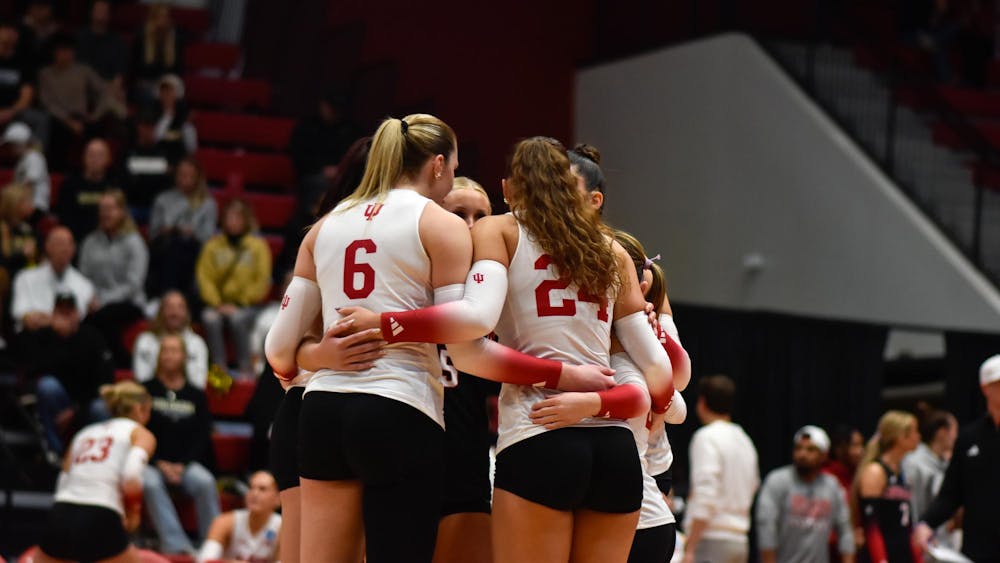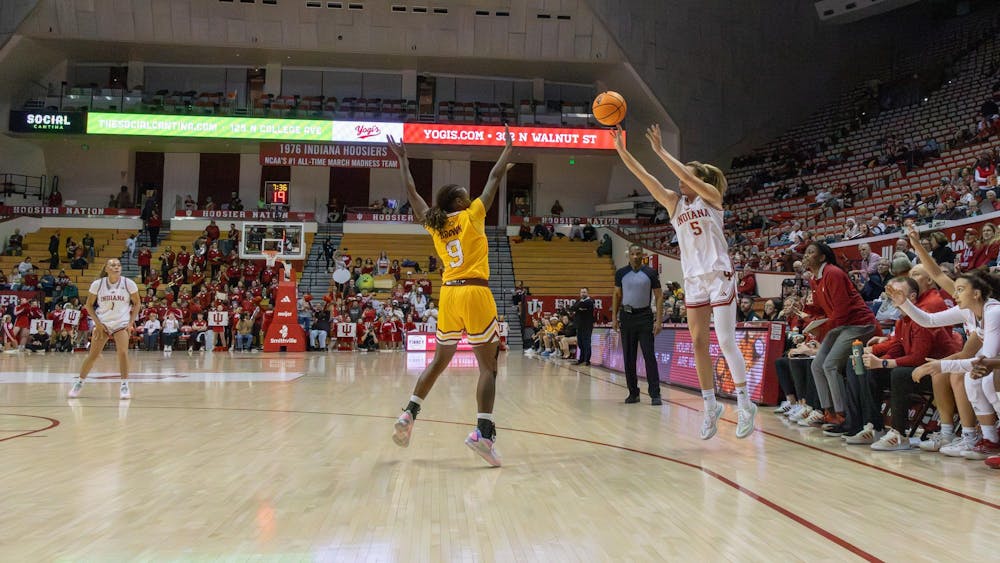NORFOLK, Va. -- Race discussions and history lessons about a time when blacks weren't allowed to be students at the University of Virginia could soon become a part of the institution's curriculum.\nA Halloween party thrown by white fraternities at which some guests came dressed in blackface has increased concerns about racial insensitivity at the school.\nAdministrators will begin meeting in a few weeks to develop plans for education that many have said must occur at the university, which didn't accept blacks until 1950. \nOne option includes requiring students to attend training sessions on multiculturalism or diversity. Another proposal involves race discussions among incoming freshmen.\n"Race instances occur in society in general," said Patricia M. Lampkin, the university's vice president for student affairs. "The benefit here is we are able to take them and really help people think through them. In regular society, you might ignore them and move on, and that doesn't help."\nAt the Halloween party, at least one white fraternity member came dressed as a black Uncle Sam with full, pink lips, sunglasses, an afro wig and a red, white and blue suit. Two other men dressed as black tennis champions Venus and Serena Williams with ponytail wigs. Photos of the party were circulated on the Internet. \nThe university's Inter-Fraternity Council Judiciary Committee held trials for the fraternities and found them not guilty Monday of disorderly conduct. The committee found them guilty of consumption of alcohol by minors.\nThe fraternities, Kappa Alpha and Zeta Psi, were also strongly urged by the committee to participate in diversity education and training on appropriate community conduct. The university's Office of Equal Opportunity Programs could provide such training.\nUniversity officials say it's time for incoming students to learn about U.Va.'s segregated past and how to be sensitive to students of all backgrounds. The university has a long history of racial episodes that occur often, several officials and students said.\n"Sad to say, this is not an utterly isolated incident," President John T. Casteen III wrote in a letter distributed about 10 days ago in an e-mail to students and faculty and at a football game.\n"Efforts to make this university an authentic cross-section of what we are as a country and progress made toward this goal are too important to be cast aside by the careless acts of a few," Casteen wrote.\nAbout 7.5 percent, or 1,440, of the University of Virginia's nearly 19,200 students are black. About 67 percent are white.\nOn average, about 41 percent of students said they were satisfied with how minorities were treated on campus on an undergraduate education survey conducted in 1999. About 27 percent of the students who answered the question on the survey said they were dissatisfied.\nM. Rick Turner, dean of the university's Office of African-American Affairs, said the Halloween incident was hurtful and painful. A lot of work has been done to open the university's doors to all students, he said.\nTurner's office was flooded with e-mails and phone calls from parents questioning whether the university is a safe and welcoming environment for their children.\n"It's bad whenever it occurs," Turner said. "But being a Southern university and being born in segregation, it brings a little more controversy to the institution."
\nTurner said the costumes weren't the only time this semester when black students believed that they were being ridiculed.\nAbout 400 black students protested The Cavalier Daily, U.Va.'s student newspaper, in October after an editorial criticized a black organization called the Griot Society for fostering racial tension.\nProtesters said the editorial was an example of how the newspaper unfairly covers black events and issues.\nIvy Wafford Duke, a graduate of the University of Virginia's law school and undergraduate program in the 1990s, said students would get a lot from mandatory diversity sessions.\nDuke learned of the Halloween costume party from other alumni. She recalled a fraternity member dressing up like an island native when she attended the school.\nDuke said she felt welcome at the university, but that students socialized within their culture.\n"It's sad that people still think that such behavior is humorous," said Duke, 34, legal counsel for the Calvert investment management firm in Bethesda, Md.\nThe instances also don't help the University of Virginia in its efforts to recruit new students, Duke said.\nAbout three years ago, the University of Virginia's Board of Visitors was criticized for an admission policy that gave minority applicants additional points based on their race.\nFearing the policy might not pass a legal challenge, the university revamped its practices. Race is still considered in an applicant's evaluation, but no set formula is used to weigh ethnicity.\nLampkin said finding a way to get students to open up about race won't be easy. The university's student population constantly changes, like its faculty.\nThe university began mandating discriminatory-harassment classes for its faculty two years ago, said Karen E. Holt, head of the university's Office of Equal Opportunity Programs. \nThe department will soon begin offering a "Getting Beyond Just Getting Along," session, Holt said. A similar session could be offered to students, she said.\n"We have lots of pieces at the table," Lampkin said. "We have to look for a realistic way that creates understanding"





